Unlocking the Power of Persuasion: A Guide to Communicating Your Product’s Value

You’ve poured your heart and soul into crafting a product or service that you believe in. Now, the challenge is to translate that passion into tangible benefits for your customers. This is where the art of persuasive communication comes into play. By understanding the unique aspects of your offering and how they resonate with your ideal customer, you can create a compelling narrative that drives informed purchasing decisions.
Let’s dive into the world of product communication, focusing on the features and benefits that will truly resonate with your audience.
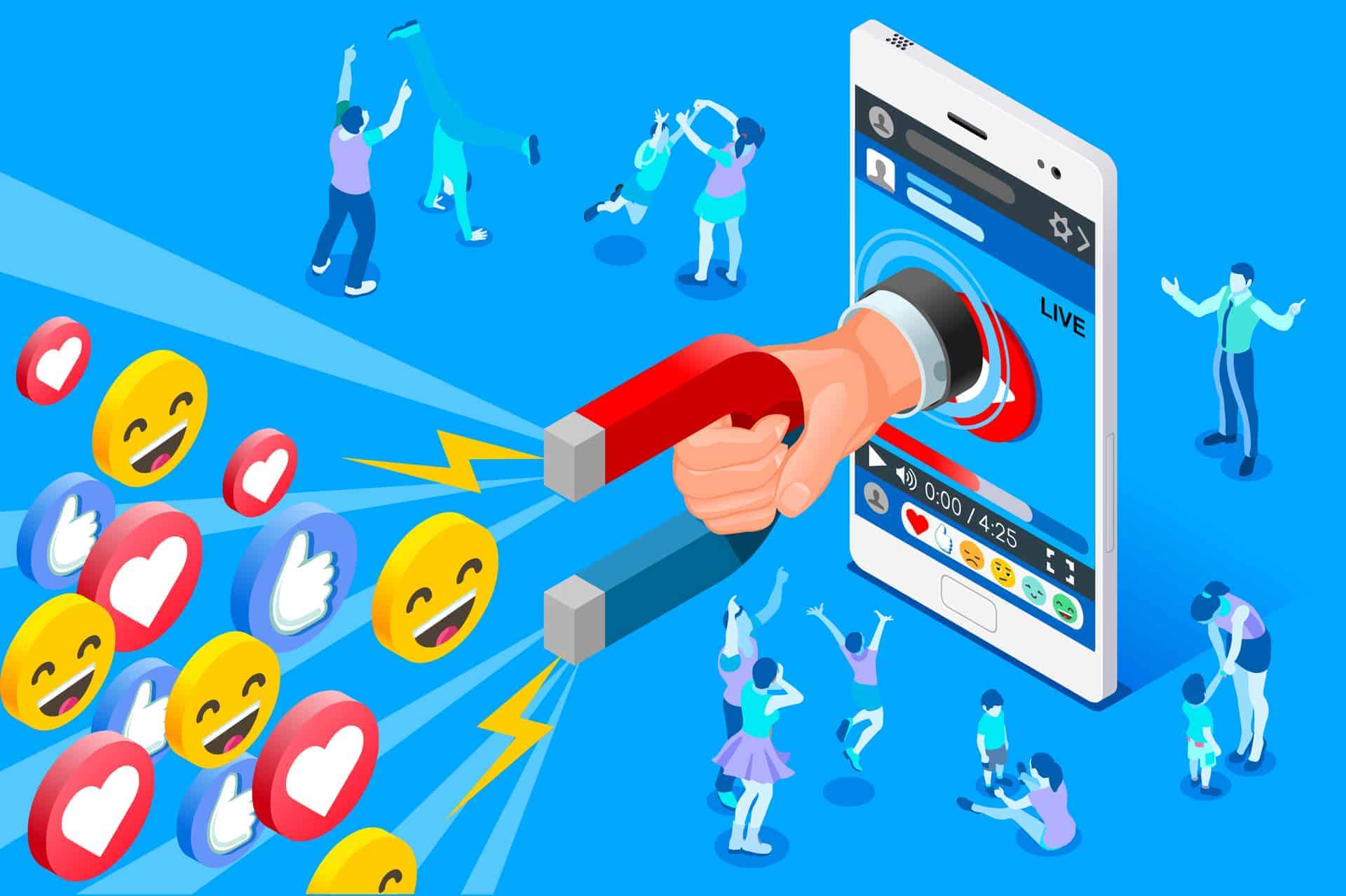
1. Identify Your Ideal Customer:
Before we delve into features and benefits, it’s crucial to define your ideal customer. Who are they? What are their needs, desires, and pain points? The more specific you can be, the better equipped you’ll be to tailor your message.
2. Uncover the Core Value Proposition:

What is the fundamental problem your product or service solves for your ideal customer? This is your core value proposition – the single, most compelling reason why someone should choose you over your competitors.
3. Features vs. Benefits: The Power of Transformation:
Features are the tangible attributes of your product or service. Benefits, on the other hand, are the positive outcomes that your customer experiences as a result of those features.

Here’s a simple framework to translate features into benefits:
Feature: "Our software has a user-friendly interface."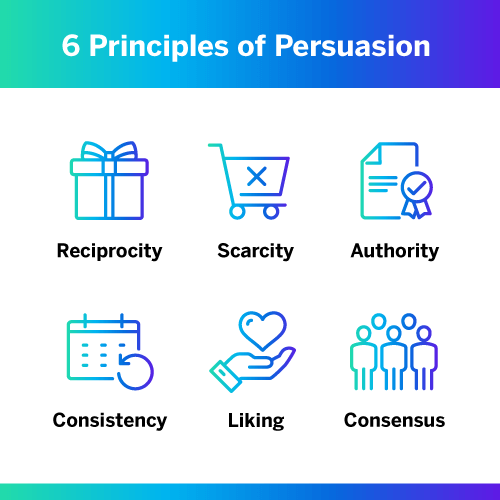
Benefit: "You can easily navigate the software and get started with your project quickly, saving you valuable time and effort."
4. Focus on the "Why" Not Just the "What":
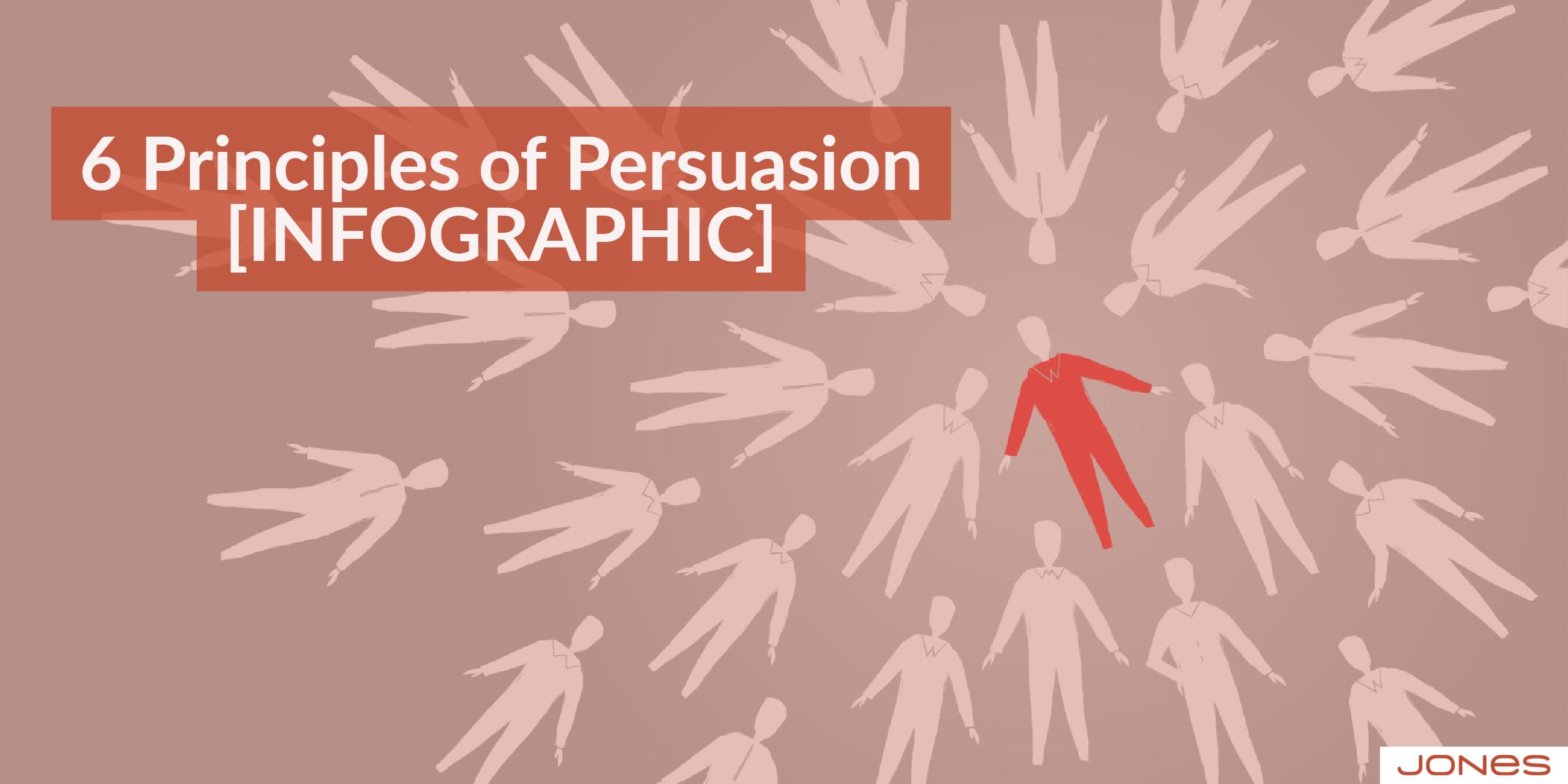
Don’t just tell your customers what your product does; show them how it will improve their lives. This means focusing on the emotional impact of your product and how it addresses their needs, aspirations, and fears.
5. Embrace Storytelling:
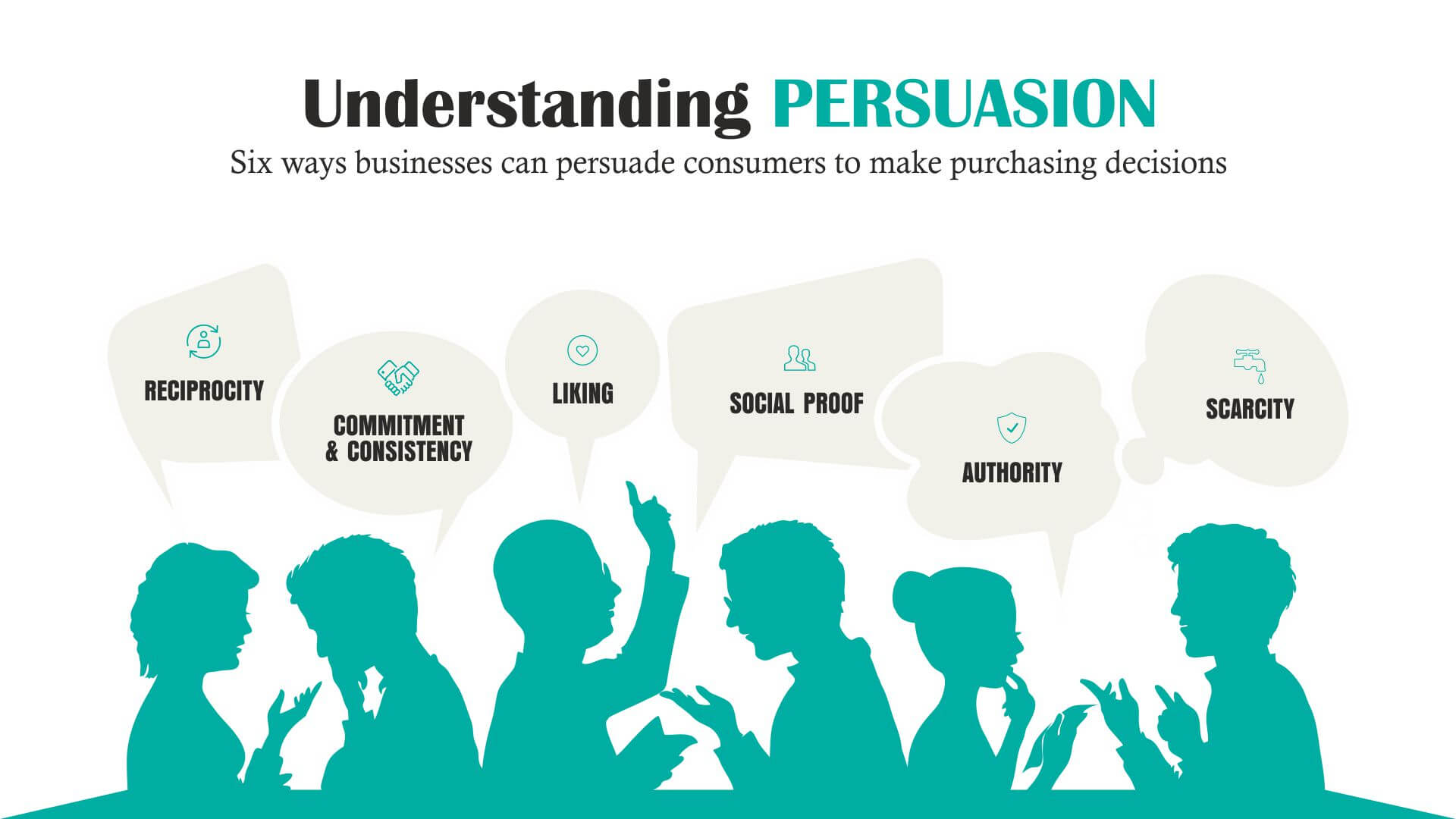
Stories are incredibly powerful tools for connecting with your audience. Use real-life examples, testimonials, or case studies to demonstrate how your product has made a positive difference in the lives of others.

6. Leverage the Power of Visuals:
Images, videos, and infographics can bring your product to life and help your customers visualize themselves using it.

7. Create a Compelling Call to Action:
Don’t leave your customers hanging! Clearly state what you want them to do next, whether it’s visiting your website, signing up for a free trial, or making a purchase.
Examples of Features and Benefits in Action:

Product: A smart home security system
Ideal Customer: A busy professional with a family who values peace of mind and safety.
Feature: 24/7 monitoring with remote access

Benefit: Feel secure knowing your home is protected at all times, even when you’re away. You can monitor your system remotely, allowing you to check in on your family or respond to alerts quickly.
Feature: Motion detection sensors
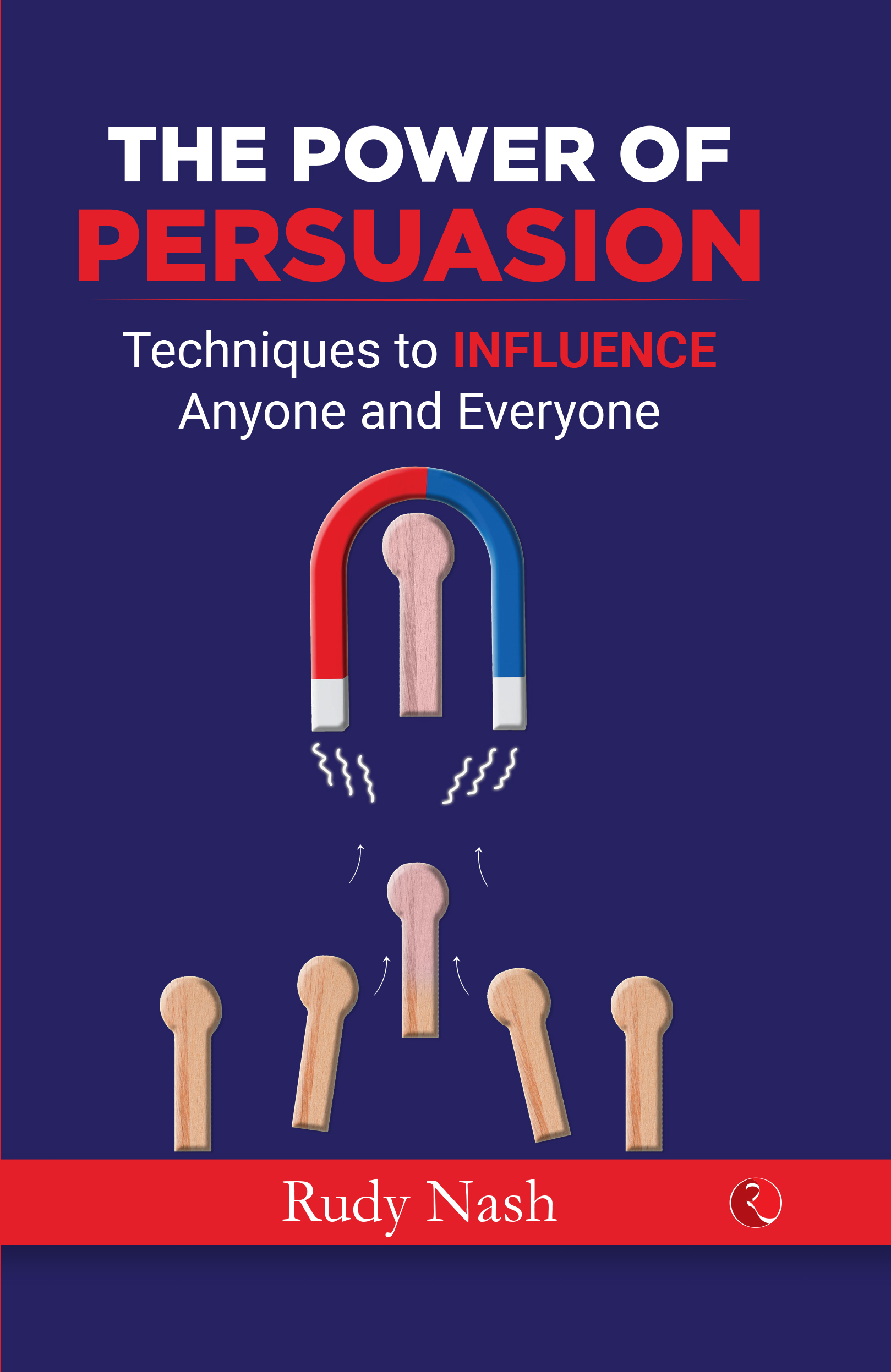
Benefit: Receive instant alerts when motion is detected in your home, deterring potential intruders and giving you peace of mind.
Feature: Integration with smart home devices
Benefit: Control your security system, lights, and other smart devices seamlessly from a single platform, making your home more efficient and convenient.
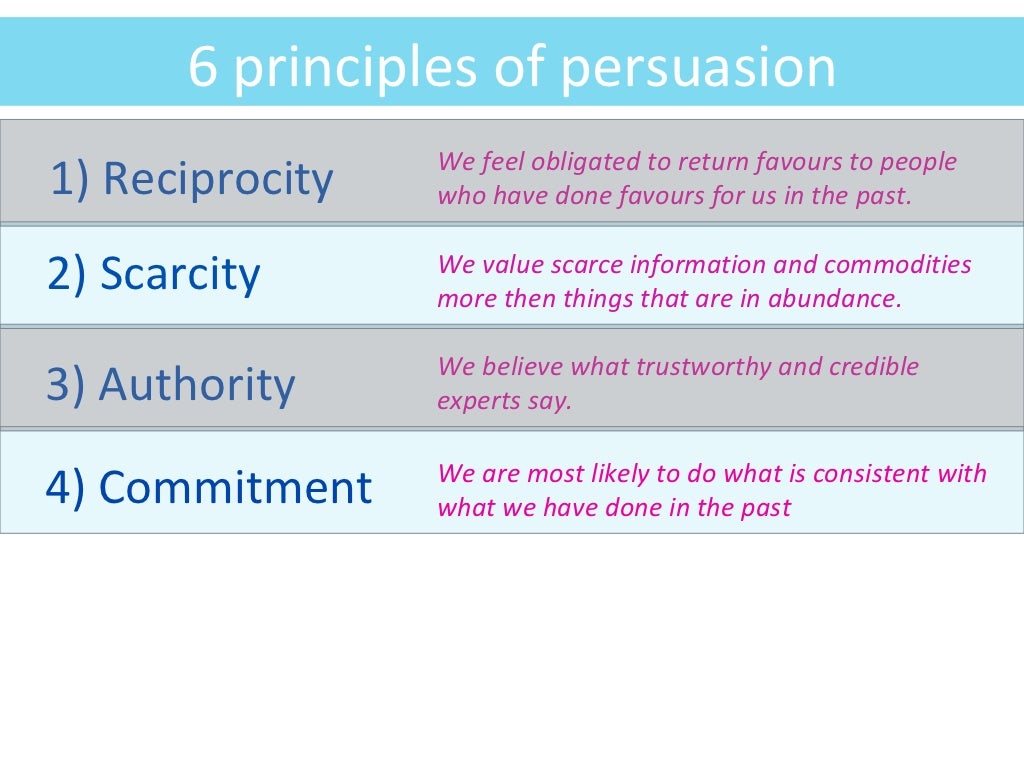
Product: A sustainable clothing brand
Ideal Customer: Eco-conscious consumers who are passionate about ethical fashion and reducing their environmental impact.
Feature: Made from organic cotton and recycled materials
Benefit: Enjoy clothing that is gentle on your skin and the planet, while supporting sustainable practices.
Feature: Fair trade production
Benefit: Support ethical manufacturing practices that ensure fair wages and safe working conditions for garment workers.
Feature: Durable and long-lasting designs
Benefit: Invest in clothing that you can enjoy for years to come, reducing the need for frequent purchases and contributing to a more sustainable wardrobe.
Key Takeaways:
- Clearly define your ideal customer and their needs.
- Focus on the benefits your product or service provides, not just its features.
- Use storytelling to connect with your audience on an emotional level.
- Leverage visuals to bring your product to life.
- End with a compelling call to action.
By mastering the art of communicating your product’s value, you’ll be able to build trust, generate interest, and ultimately drive sales. Remember, it’s not just about what you sell; it’s about how you make your customers feel.

